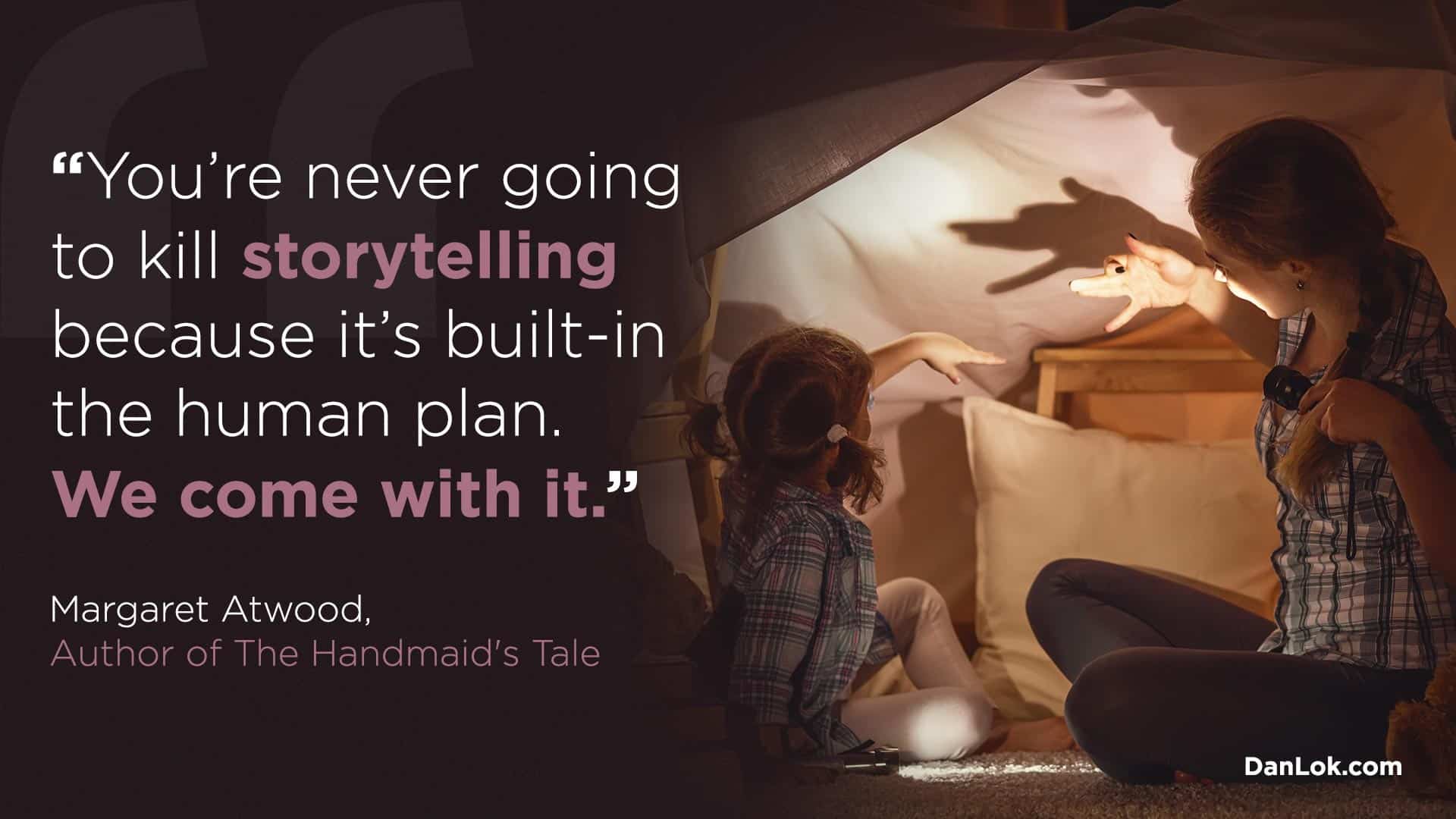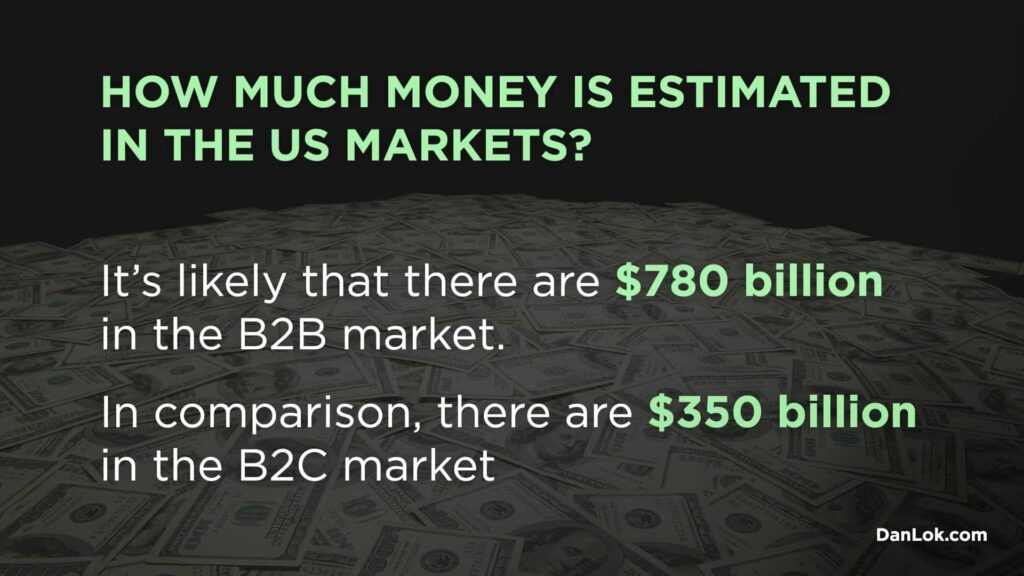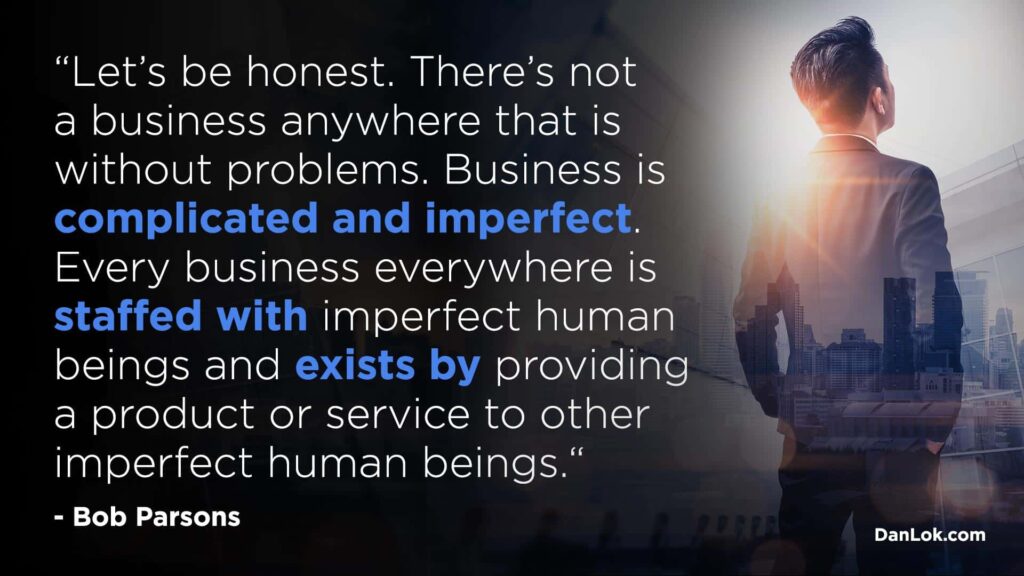How can you build a sustainable 7 figure online business? How is it different from earning 4, 5 or 6 figures online? And how can you scale to success?
It’s very well possible to build a 7 figure online business. The online world offers lots of potential for making money – be it eCommerce stores, affiliate marketing or social media marketing. But if you want to build your online empire, you probably also want to do it fast and make it sustainable.
Dan Lok scaled his business from zero to 8 figures in one year, all by leveraging the power of online opportunities. How did he do that? His success is a mix of many factors such as online presence, using the right strategies to scale, and knowing how to close any kind of deal.
The power of the online world is immense if you know how to leverage it. If you don’t know how to use it yet, that’s no problem. You’ve come to the right place to learn. In this article, we will provide you the blueprint to building a sustainable 7 figure online business.

The Start of Your 7 Figure Online Business?
Your 7 figure online business starts with your mindset. When you want to make a million dollars your mind has to be ready for it. Most people aren’t raised rich, so having that much money is overwhelming to them.
Maybe you have seen people like this before? They have all these ideas about how to make it big but, in the end, they never follow through. They never get started. In fact, they only dream about success instead of pursuing it. Those people don’t have a millionaire mindset.
Instead, they are waiting until they are ready. The issue with that is, you will never feel 100% ready. So they never start. They are full of excuses. Don’t wait until everything is perfect. Start now and build the plane as you are flying it.
When you want to be wealthy, having an online business is one of the easiest ways to get there. But still, you have to be ready for pain and discomfort. Being successful means saying no to many things. It also means making sacrifices. Are you ready for that?
To build your 7 figure online business you want to be aware of all this. At the same time, make sure you’re doing something you enjoy. Don’t do what everybody else is doing because it’s trending on social media. Find something that resonates with you.

How Can It Be Sustainable?
An online business – or any business really – is sustainable if you can make a decent income without you working more. Or, in other words, you earn more money per hour without working more. How’s that possible? An online business has an advantage in this because many processes can be automated.
You put your product online and automate the selling process. You don’t need to be there and for some offers, you don’t need any sales staff at all. It’s basically selling itself after you’ve set everything up.
Sustainable business is also not dependent on your time. When you work in a 9-5 job, for example, you get paid for your time. When you run an online business, however, and want to scale to 7 figures, you need to make much more money in one hour as you did before. So, the sales cycle you will be building has to be repeatable many many times. So sustainable actually means scalable and repeatable.
Build Your Personal Media Platform
To build a 7 figure online business you’ll definitely need a strong online presence. The more social media platforms you are on the better. There’s nothing like “too much” presence online. People need to know who you are and what your message is. Only then can they build trust in you – And they will only buy from you if they trust you.
Every social media platform has a different audience. So, if you are active on many of them, you have the power to address several audiences. Dan Lok has big accounts on every major social media app and they are definitely a reason for his huge success. As of now, his youtube has 2.5 million subscribers. So, everything he does is seen by millions of viewers each day.
If you pick one platform to start, then it should definitely be youtube. Why? Because youtube has the second most powerful search engine on the whole web. So, it’s your best place to start. But to scale up and get to 7 figures, you want to be omnipresent – you want to be active on every big platform.
To build your 7 figure empire, be present everywhere and outperform your competition. Through the content you put out, people connect with you and become your fans. This is vital because people buy people. There needs to be a human element in everything you do.
Once they know you and understand your “why” and your message, selling to them is much easier. A brand that has a face is always more successful than a brand that has just a logo. Why? Because people don’t connect with logos. There is no emotional connection.
So, when you do your personal media platform right, it makes your clients chase you – instead of you chasing them.

What’s Your Message?
The next aspect that will make your 7 figure online business successful is your message and your personal brand. The most important point is, you have to stand for something. Most people make the mistake of trying to market to everyone. That doesn’t work because you become too generic. Generic doesn’t stand out.
To have a clear message you have to identify your target audience. And I repeat – your target audience isn’t everyone. Find out whom you want to serve. Men? Women? Students? Fitness junkies? After you’ve identified your audience you can model your message and brand accordingly. The right brand message is often polarizing. The right people will love you for it and the wrong people will be completely turned off – and you want it that way.
Your personal brand is extremely important for your online presence. It helps you to build a tribe of loyal fans who love you and want to buy from you. Having this kind of relationship with your fans is a form of social capital. According to Dan Lok himself, social capital is often more valuable than financial capital. If you know how to use your social capital wisely, you can turn it into financial capital anytime you need it – it’s almost like a byproduct.
Your personal brand is strongest if you base it on your talents and values. That’s when you are most authentic. When you boil it down, your personal brand is you. Of course, there are some things you won’t share online, but everything you share becomes part of your personal brand.
When you boil it down, your personal brand is you. Click To TweetProducts For 7 Figure Online Business
The next thing you’ll need for your 7 figure online business is a product to sell. It can be anything from a product you developed, to online training, or already existing products that you sell via an affiliate link. All these options are valid.
When you come up with a completely new product and your own idea you want to keep some things in mind, however. Before you start investing time and money into its creation check the market. Is there any demand for your product?
Is this something people really care about? In other words: is there a starving crowd hungry for your product? The thing is, you can’t create new demand in the market. You have to find out which demands and desires are already there. Then you offer a product following that.
If inventing your own product isn’t for you, then you want to look into affiliate marketing. It allows you to leverage products that already exist and to earn a commission from selling those.
But the best product to sell is online training or courses. This works especially well if you have a certain expertise in any field. Maybe you are a fitness expert, a growth hacker or an eCommerce owner… All you need to do is record online seminars, turn them into a program, and sell them.

How To Create Your Own Course
Creating your own online course is the easiest way to start your online business. Keep in mind, it has to be valuable, however. The people taking the course need to be able to create actual results. You will then take those results and use them for further marketing. Their success helps to build your brand further.
Now, how do you create such a course? First, it has to be a topic you know a lot about. Preferably something where you are already successful. Then you get into the thinking. How did you get successful? How can you reverse engineer your success for others? Spend some time on this. This is one of the cornerstones of your business.
A course that doesn’t work kills your reputation. Don’t create it just to make quick money. It should be something you actually care about, a message you want to share with this world. If it’s important to you, you will automatically create a better experience for your students too.
The best courses are split into several training sessions. It could be 4 weeks long or maybe 7 or 8 weeks. Give the students assignments so they can track and further their growth. You also don’t want to leave them alone with a bunch of videos. Create a support system around your course. Maybe there is a Facebook group or other kind of community? Create something that allows them to stay connected.
Scale Your 7 Figure Online Business With Premium Offers
The next step to your sustainable 7 figure online business is your offer. Huh? Don’t you have your product already? That’s true but your offer isn’t your product. An offer is your product plus value. It’s so vital that your prospects see the value in your offer. Maybe you include bonuses or other benefits?
Either way, to get to 7 figures you want to have premium offers. Those are offers that cost a bit more and are marketed towards affluent people. If you rely on low ticket offers alone, it will be so much more difficult to reach 7 figures.
How To Drive Traffic
Now, a product, an offer, and a social media presence are nice, but won’t help you much if nobody notices you. That’s why traffic is a key element of building a 7 figure online business. You need to drive traffic to your social media channels and your product.
The best source to drive traffic to your personal media platform is through Facebook ads or Google ads. However, SEO for Google is a bit harder to understand and running Facebook ads also got more difficult. That’s why many influencers start out on YouTube where the search engine is way easier to understand.
Anyway, from the source of your choice, the users enter your funnel. What’s a funnel? Imagine it like this. You might publish a YouTube video. At the end of the video, you leave a link to your product. From the product page, you send visitors to the next page where you offer them upsells. They check-out and are now in your system. In the future, you can send them through new funnels – by sending them an email, for example
So, the funnel is the path the users go through until they buy from you. It’s also what you use to get them to buy again. It’s a repeatable pipeline. You set it up once and now it’s generating income for you by itself.

Traffic Superstar: Webinars
One of the best ways to sell your online course or training is through a webinar. Webinars are so successful because they do the selling for you. They provide your lead with all the information they need because, usually, you give them some free content.
If a prospect likes the webinar content they will likely buy your course. So, the webinar automates your sales process. Automation is the only way to build a 7 figure online business. You can’t scale your business that far if you do every sales conversation one on one.
A well-built funnel with a valuable webinar will do the selling for you. You set it up once and it generates money while you sleep, travel, or do whatever you enjoy. It ensures that you have time for bigger business questions and strategic planning instead of having to worry about the daily business operations.
So, with your funnel, you drive traffic to your webinar. However, after the webinar, the funnel doesn’t stop. You want to make sure your funnel is well developed and tells the prospect what to do next. Do they go to the next page? Should they wait for an email from you? Whatever it is, set the expectations right from the beginning.
Webinar Success Through Platform Closing
Before the webinar can do the selling for you, you have to create it. There is one crucial thing you want to pay attention to. In a webinar, you are basically holding a sales pitch (a very valuable one). Usually, you start with the content that you promised. At the end of the webinar, you pitch your paid program.
For this to be successful, you’ll need a skill called platform closing. It’s a special form of closing sales because you aren’t in a face to face conversation with the prospect. They are watching a recording of your selling. That means you can’t ask them any questions and you have to guess how ready they are to buy.
Platform closing is used when you sell something on stage – hence the name. A webinar is similar to a stage, as the communication is from one person (you) to many (any prospect that watches the webinar).
For platform closing to succeed you need to build up a universal pain that all your potential prospects share. You also have to handle common objections and answer pressing questions. Building that perfect webinar might take a while.

7 Figure Online Business Made Easy
Maybe you are thinking now “this all sounds like a lot of work”. It’s true, to follow this blueprint you need some endurance. And you also need to be willing to deep dive into the different aspects of your business. You need to become an expert on how to create online courses. Learn how to build a funnel. Think exactly about your target market and your branding message.
Or, you could hire people who do it all for you. But, there is one more thing you could do. If you are a serious influencer or entrepreneur and already earn $300,000 in revenue – then you might qualify for Dan Lok’s High Ticket Influencer program.
This program is for you if you want to scale your business to 7 figures beyond using social media, generate predictable ROI every month, and want your business to run even when you’re not there.
High Ticker Influencer encompasses everything from marketing, sales, branding, finances, production, and everything else you’ll need to scale your empire. Explore the 12 weeks intensive HTI here.



































